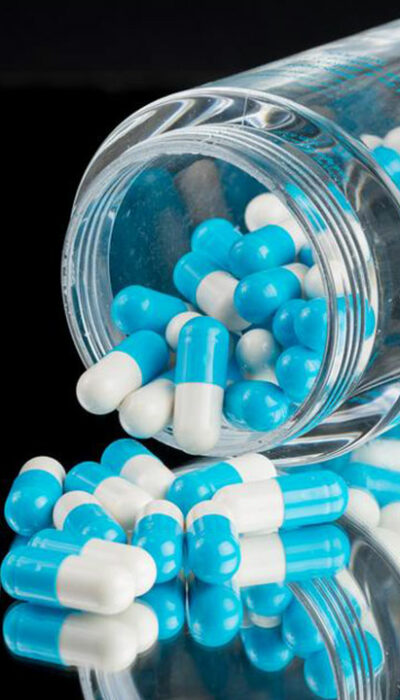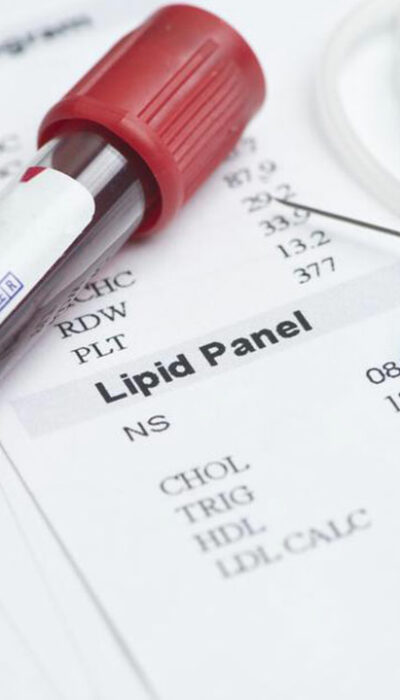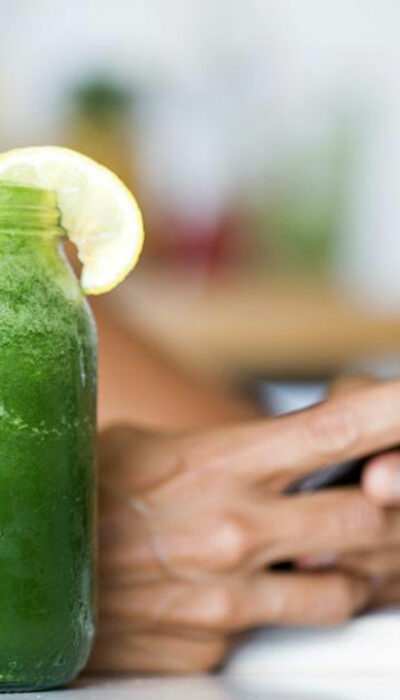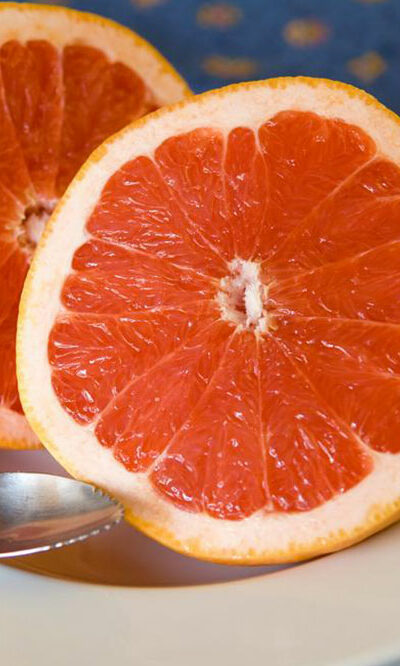
Reduce Your Scalp Psoriasis with These Handy Tips
Battling with scalp psoriasis can be a frustrating and even embarrassing affair. Here are some dos and don’ts that may be helpful in dealing with the disorder. Psoriasis is an autoimmune disorder of the skin, which is marked by red, flaky, and thickened patches of skin on a person’s body. In several cases, these symptoms occur on the scalp, a condition referred to as scalp psoriasis. This usually causes dry, scaly, red patches of skin on your scalp, and causes it to be covered in silvery scales. It may also cause thick, crusted areas on the scalp, with the plaque peeling off in clumps. Removing this crust can cause bleeding on your scalp too. Symptoms of scalp psoriasis such as itching, redness, and flaky areas can range from mild to severe, and either manifest themselves in small areas or spread all over your scalp. If you are suffering from scalp psoriasis, you know how frustrating it can get. Although not a life-threatening disease, this skin disorder can take a toll on your mental health and social life as it not only causes considerable discomfort, but can be an embarrassing condition as well. There are various treatment options for scalp psoriasis, which include prescription treatments and over-the-counter medications. In addition to these treatments, you can make some lifestyle changes that will help you battle this annoying condition. Here are some simple tips that can go a long way in reducing your scalp psoriasis symptoms and flare-ups. Refrain from using anti-dandruff shampoos Most of the time, people who have scalp psoriasis are advised to use shampoos that contain salicylic acid frequently. While this may work for some people, you may not realize that this acid works by chemically burning the flakes off your scalp. The surfactants used in the shampoo are compounds that are targeted towards removing the oils from your hair.










